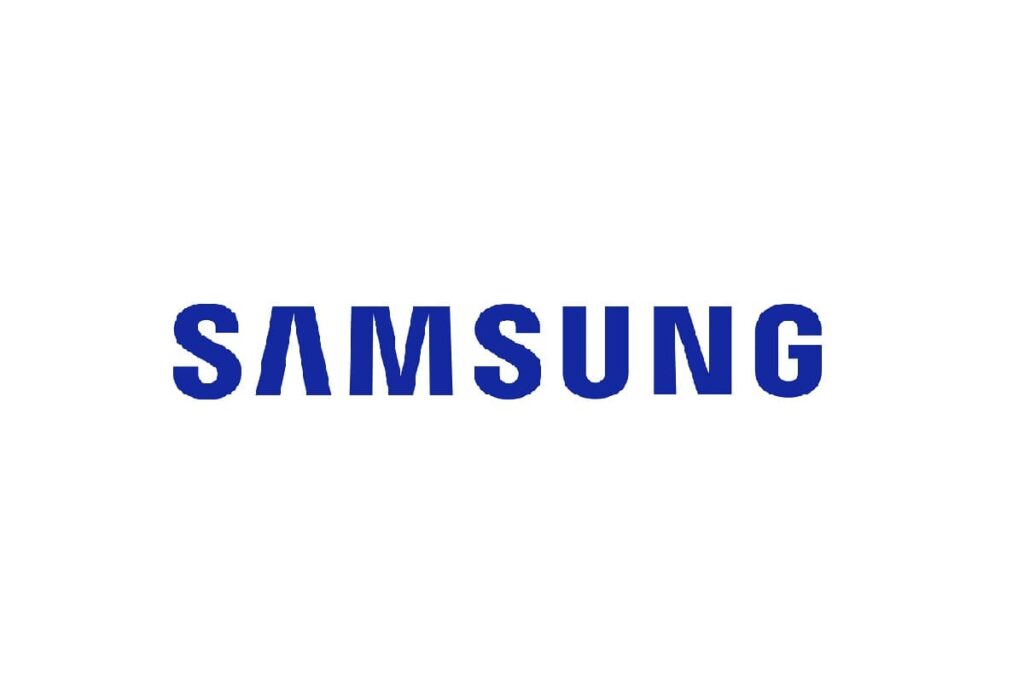In this comprehensive guide, we’ll explore the various reasons behind Samsung Galaxy Tab A9’s Wi-Fi connectivity issues and provide step-by-step solutions to get your tablet back online.
Samsung Galaxy Tab A9 Not connecting to Wi-Fi:
I. Preliminary Checks
Before delving into more intricate troubleshooting methods, it is prudent to undertake a series of fundamental checks.
- Verification of Wi-Fi Functionality: Confirm the operational status of your Wi-Fi network by assessing connectivity on other devices. If alternate devices connect seamlessly, the issue may be specific to your tablet.
- System Reboot: A straightforward system restart often proves efficacious in resolving connectivity anomalies. Power off your Galaxy Tab A9, allow a brief interlude, and subsequently restart the device.
II. Wi-Fi Configuration Examination
Should basic checks prove inconclusive, a meticulous examination of Wi-Fi settings is the next step.
- Validation of Wi-Fi Network Credentials: Assure the accurate entry of your Wi-Fi network name (SSID) and password. Minute typographical errors can precipitate connection failures.
- Forgetting and Reconnecting: Navigate to Wi-Fi settings, expunge the details of the problematic network, and initiate a subsequent reconnection. This process serves to refresh the connection and may rectify authentication irregularities.
- Network Settings Reset: In the event of persistent issues, contemplate a reset of your tablet’s network settings. Exercise caution, as this action eradicates all stored Wi-Fi networks, necessitating the re-entry of passwords.
III. Software Integrity
Outdated software can be a recurrent source of connectivity predicaments.
- Software Update Prowess: Scrutinize the availability of software updates via Settings > Software Update > Download and Install. Regular software updates fortify compatibility with contemporary Wi-Fi protocols.
- Router Firmware Alignment: Where feasible, update your Wi-Fi router’s firmware. Stale router firmware can provoke compatibility discrepancies with modern devices.
IV. Advanced Troubleshooting Techniques
Should rudimentary checks and setting adjustments prove ineffective, it becomes imperative to explore advanced troubleshooting methodologies.
- Safe Mode Invocation: Initiate Safe Mode to ascertain whether a third-party application is culpable for Wi-Fi disruptions. If normalcy is restored in Safe Mode, uninstall recently introduced applications to pinpoint the causative agent.
- Factory Reset Deliberation: As a last recourse, contemplate a factory reset. This drastic measure obliterates all data on the tablet, necessitating a comprehensive backup before initiation. Post-reset, configure the device afresh and assess whether the Wi-Fi predicament persists.
V. Considerations Pertaining to the Router
Occasionally, the impediment may not emanate from the tablet but rather from the Wi-Fi router.
- Strategic Router Placement: Ascertain that your router is strategically positioned for optimal coverage. Physical obstructions and interference from other electronic devices can deleteriously impact signal strength.
- Mitigation of Channel Interference: Access your router’s settings to modify the Wi-Fi channel and preclude interference from neighboring networks. This measure is particularly pivotal in densely populated areas featuring a profusion of Wi-Fi networks.
VI. Addressing Wi-Fi Authentication Challenges
In instances of authentication impediments, specific measures may prove efficacious.
- Security Protocol Upgrade: If your Wi-Fi network employs outdated security protocols such as WEP, contemplate upgrading to more robust options like WPA2 or WPA3.
- MAC Filtering Scrutiny: Ascertain whether your router employs MAC filtering and confirm that the MAC address of your tablet is duly permitted.
Conclusion
In the face of Wi-Fi connectivity recalcitrance on the Samsung Galaxy Tab A9, a measured and systematic approach to troubleshooting is paramount. Initiate the process with preliminary checks and progressively transition to more sophisticated methodologies.
